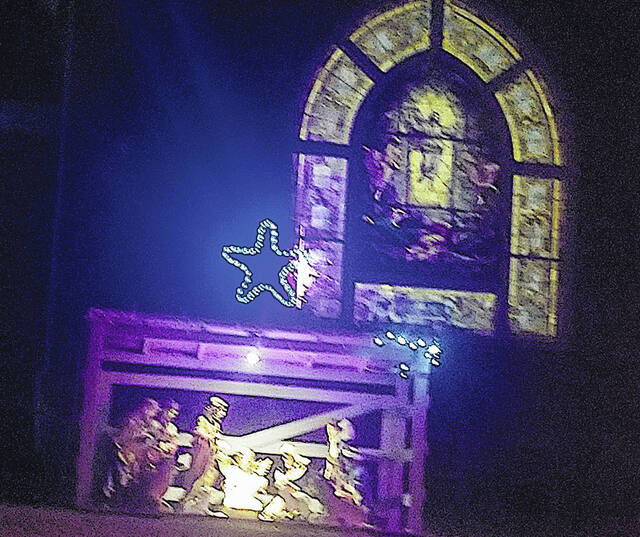
How do Christmas and the winter solstice intertwine?
Winter solstice has been celebrated since before Jesus was born and celebrated with it were many gods related to the sun. Romans celebrated winter solstice on Dec. 25.
Winter solstice, is the shortest day of the year and marks the astronomical start of winter. After the winter solstice, the days become longer. In the Northern Hemisphere, winter solstice is between Dec. 21 and 23.
Cultures have long celebrated winter solstice. with festivals and feasts. Fire and light are traditional symbols of the celebrations.
Newgrange in Ireland and Maesharve in Scotland are aligned with the sun on winter solstice. These monuments served religious purposes and captured the sun on the shortest day. Stonehenge in England is also directed toward the sun.
Ancient Romans held celebrations, such as Saturnalia, a holiday honoring the god of agriculture. This celebration is a monthlong event leading up to the winter solstice. During the month, slaves were freed and schools were closed so everyone could celebrate.
Upper class Romans celebrated the birthday of Mithra, an ancient Persian god of light, on Dec, 25. She was an infant god, born of stone. Later, Mithra was blended with Sol Invictus, god of the “unconquered sun.”
There are many traditions to celebrate winter solstice. In Scandinavia, St. Lucia, a Christian martyr, is celebrated. The Chinese celebrate Ding Zhi, a celebration of the the return of longer days. They believe that the sun brings an increase of positive energy in the year to come.
Native Americans in New Mexico believe the winter solstice signifies the beginning of the new year. Near Peebles, Ohio, winter solstice is celebrated near Serpent Mound. The tail and coils of the serpent align with the sunrise on the days of winter solstice and equinoxes.
Some people believe the Roman Catholic Church picked Dec. 25 for Christmas in order to eradicate pagan rituals.
The Christian faith was legalized in 313 A.D. in Rome by Emperor Constantine. Christmas was celebrated for the first time in 336 A.D.
History over the years shows that Dec. 25 was not always in celebration of Jesus birth, but used as a day of good luck. Politicians often chose Dec. 25 for coronation, thinking it would bring them good luck. George Washington crossed the Delaware on Dec. 25.
There was also the Christmas Truce of 1914, when soldiers of the European front arranged for a cease fire on Dec. 25. Soldiers on both sides exchanged gifts, cards, food and even sang Christmas carols together.
Religions didn’t celebrate Christmas in the early days on Dec. 25. They celebrated Epiphany on Jan. 6. This holiday commemorated the arrival of the wise men in Bethlehem after Jesus was born.
In Colonial times, Puritans did not celebrate Christmas. They actually banned the observance of Christmas, viewing gift giving and Christmas trees as pagan. They did, however, start celebrating the arrival of Jesus on Dec. 25 and celebrated 12 days of Christmas through Jan. 6.
The day Jesus was born is actually unknown, but there are three reasons Dec. 25 was chosen to celebrate his birthday. First, Roman Magistrate Julius Aficanus believed that conception took place on March 25 and nine months later would be Dec. 25. Secondly, in third century Rome, winter solstice was celebrated on Dec. 25. Lastly, when Constantine supported the Christian faith, Dec. 25 was chosen to lessen the pagan celebrations.
Christmas became a federal holiday in 1870. Bible scholars want people to remember that Dec. 25 is a day to honor the birth of Jesus. It is a time to gather with family and friends and to attend special church services.
Sources for this story include biblestudytools.com, history.com, fee.org and nhonews.com.
Jackie Wolgamott is a stringer for The Times-Gazette.


